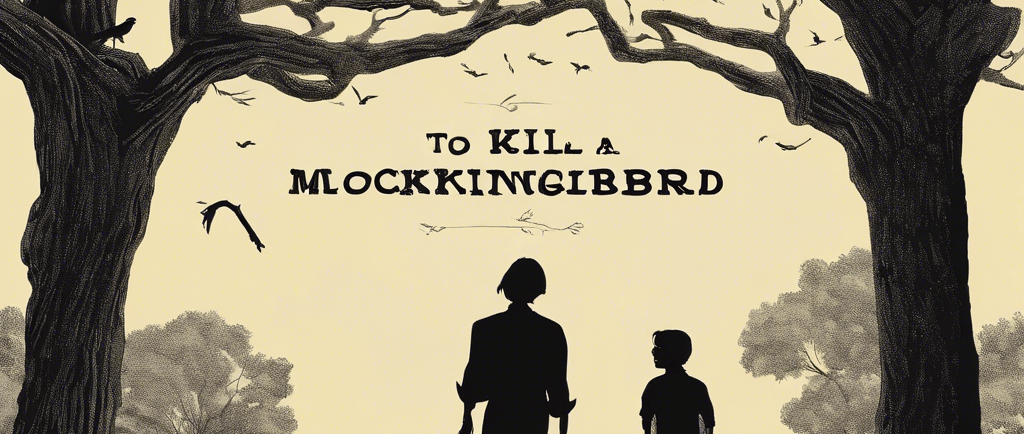A Comprehensive Summary of "To Kill a Mockingbird" by Harper Lee
Harper Lee's classic novel, "To Kill a Mockingbird," is a powerful and thought-provoking story set in the fictional town of Maycomb, Alabama during the 1930s. Through the eyes of Scout Finch, the young narrator, the book explores themes of racism, prejudice, innocence, and the loss of childhood.
GENDER ROLESSOCIAL HIERARCHIES
2/7/20242 min read


Setting and Characters
The story takes place in the racially divided Southern town of Maycomb, where Scout Finch lives with her brother Jem and their widowed father, Atticus Finch. Atticus, a lawyer, is known for his integrity and moral values. The children befriend a boy named Dill, and together they embark on various adventures.
The Tom Robinson Trial
The central plot revolves around the trial of Tom Robinson, a black man accused of raping a white woman, Mayella Ewell. Atticus, despite knowing the racial bias prevalent in the town, takes up Tom's defense, believing in his innocence. The trial becomes a turning point in the story, highlighting the deep-rooted racism and prejudice in society.
Racial Prejudice and Injustice
Throughout the novel, Lee exposes the ugly truth of racial prejudice and injustice. The townspeople, blinded by their prejudice, refuse to see Tom's innocence and instead condemn him based on his race. The trial becomes a stark portrayal of the unequal treatment of African Americans in the justice system.
Loss of Innocence
Scout and Jem's journey from childhood innocence to a harsh reality is a significant theme in the book. They witness the cruelty and injustice of the world as they navigate through the trial and its aftermath. The loss of their innocence is symbolized by the destruction of their neighbor Boo Radley's innocence, who they initially feared but later come to understand.
Social Hierarchies and Gender Roles
The novel also explores the rigid social hierarchies and gender roles prevalent in Maycomb. The Finch children challenge these norms by befriending people considered outcasts, such as Boo Radley and Calpurnia, their African American housekeeper. Through their experiences, Lee questions the unfairness of societal expectations.
Themes of Empathy and Compassion
Despite the darkness and injustice portrayed in the book, Lee also emphasizes the importance of empathy and compassion. Atticus teaches his children to see the world from others' perspectives and to treat everyone with kindness, regardless of their race or social status.
Conclusion
"To Kill a Mockingbird" is a timeless masterpiece that delves into the complexities of human nature and the flaws of society. Through its memorable characters and poignant storytelling, the novel challenges readers to confront their own prejudices and to strive for a more just and compassionate world.
